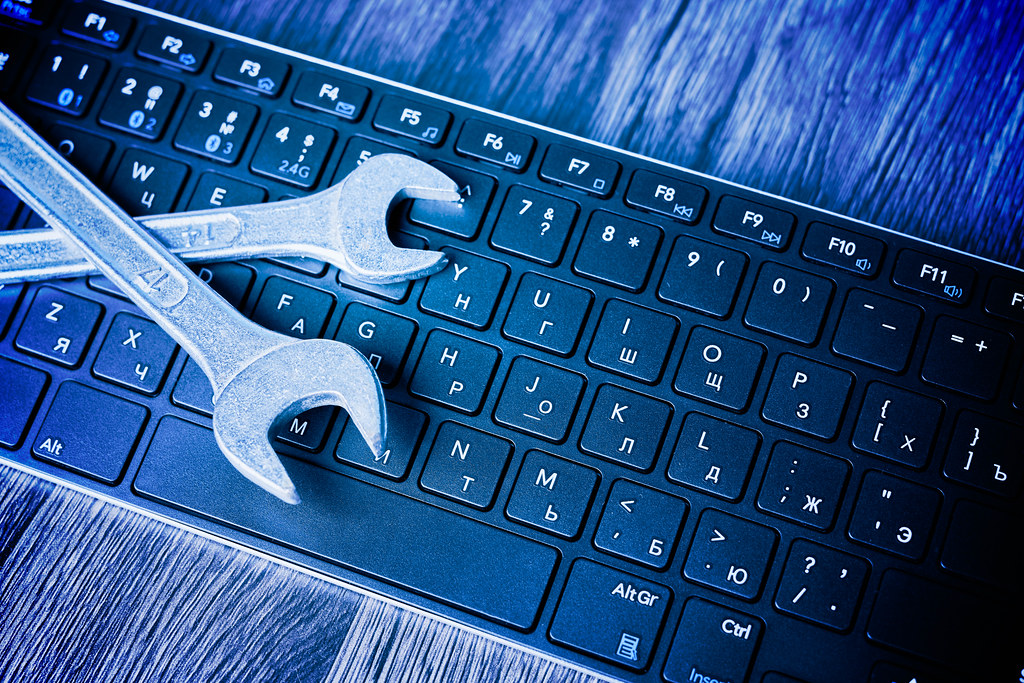In the digital age, the personal computer (PC) has become a central hub for work, education, and entertainment in many households. Despite their indispensable role, PCs can encounter a range of issues that disrupt their functionality. While professional repairs can be costly and time-consuming, many common problems can be solved at home with a bit of guidance and the right tools.
This manual aims to empower PC users by providing practical advice for diagnosing and fixing the most frequent issues encountered by home users.
Understanding Your PC
Before attempting any pc tech service, it’s essential to have a basic understanding of your PC’s components and how they interact. Key components include the Central Processing Unit (CPU), Random Access Memory (RAM), storage devices (Hard Disk Drive or Solid State Drive), motherboard, Power Supply Unit (PSU), and potentially a Graphics Processing Unit (GPU) for those with graphic-intensive tasks.
Assembling a Basic Repair Kit
A few essential tools will make the repair process smoother and safer:
- Screwdrivers: A set of Phillips-head and flat-head screwdrivers for opening the case and adjusting components.
- Anti-Static Wrist Strap: To prevent static electricity from damaging sensitive components.
- Compressed Air: For cleaning dust from inside the PC.
- Thermal Paste: For applications where CPU or GPU heat dissipation is a concern.
Common PC Problems and Their Solutions
The PC Won’t Power On
- Check Power Connections: Ensure the power cable is securely connected to both the PC and the outlet.
- Test the Power Supply: Use a PSU tester or paperclip test to determine if the PSU is functioning properly.
Overheating Issues
- Clean the Interior: Use compressed air to blow out dust, focusing on fans and heat sinks.
- Replace Thermal Paste: If the CPU or GPU is overheating, reapplying thermal paste can improve heat transfer.
Slow Performance
- Manage Startup Programs: Use task manager or system settings to disable unnecessary programs from running at startup.
- Upgrade Hardware: Consider adding more RAM or upgrading to an SSD for improved performance.
Connectivity Problems
- Restart Your Router: Often, simply restarting your router can resolve internet connectivity issues.
- Update Network Drivers: Ensure your network adapter’s drivers are up to date for optimal performance.
Intermediate Repairs
Installing New RAM
- Identify Compatible RAM: Check your motherboard’s documentation to find compatible RAM types.
- Install RAM: Power off your PC and disconnect it from power. Open the case, locate the RAM slots, and insert the new RAM sticks until they click into place.
Replacing a Hard Drive with an SSD
- Clone Your Existing Drive: Use cloning software to transfer your operating system and files to the new SSD.
- Install the SSD: Replace the existing hard drive with the SSD, connecting it to the motherboard and power supply.
Advanced Solutions
Replacing the PSU
- Safety First: Always disconnect your PC from power before starting.
- Match Wattage and Connectors: Purchase a PSU that matches the wattage needs of your PC and has the necessary connectors.
- Installation: Remove the old PSU, taking note of where each cable was connected. Install the new PSU and reconnect the cables following your notes or a diagram.
BIOS Update
- Caution: Incorrectly updating the BIOS can cause serious issues. Proceed only if necessary and with careful preparation.
- Prepare: Download the latest BIOS update from your motherboard manufacturer’s website and follow their specific instructions for updating.
Troubleshooting Software Issues
Operating System Reinstallation
- Backup: Ensure all important data is backed up.
- Reinstall: Use a bootable USB drive or recovery partition to reinstall your operating system, following on-screen instructions.
Malware and Virus Removal
- Scan: Use antivirus software to perform a full system scan and remove any detected threats.
- Update Security Software: Regularly update your antivirus software to protect against new threats.
Preventative Maintenance
To minimize future problems, regular maintenance is key:
- Dust Regularly: Keep your PC clean from dust to prevent overheating and other issues.
- Software Updates: Keep your operating system and software up to date to ensure stability and security.
- Regular Backups: Regularly back up important files to avoid data loss in case of hardware failure.
When to Seek Professional Help
While many issues can be resolved at home, some problems require expertise and equipment beyond the average user’s reach. If you encounter complex hardware failures, extensive damage from malware, or are uncomfortable performing certain repairs, seeking professional assistance is advisable.
Conclusion
With the right tools and a bit of knowledge, many common PC problems can be solved at home, saving both time and money. This manual has provided a roadmap from basic troubleshooting to more advanced repairs and maintenance tips. Regular care and timely upgrades can extend the life of your PC and enhance your computing experience. Remember, while DIY repairs can be rewarding, don’t hesitate to call in the professionals when faced with a problem beyond your skill level. Empowered with this guide, you’re well-equipped to tackle a wide array of PC issues with confidence.

